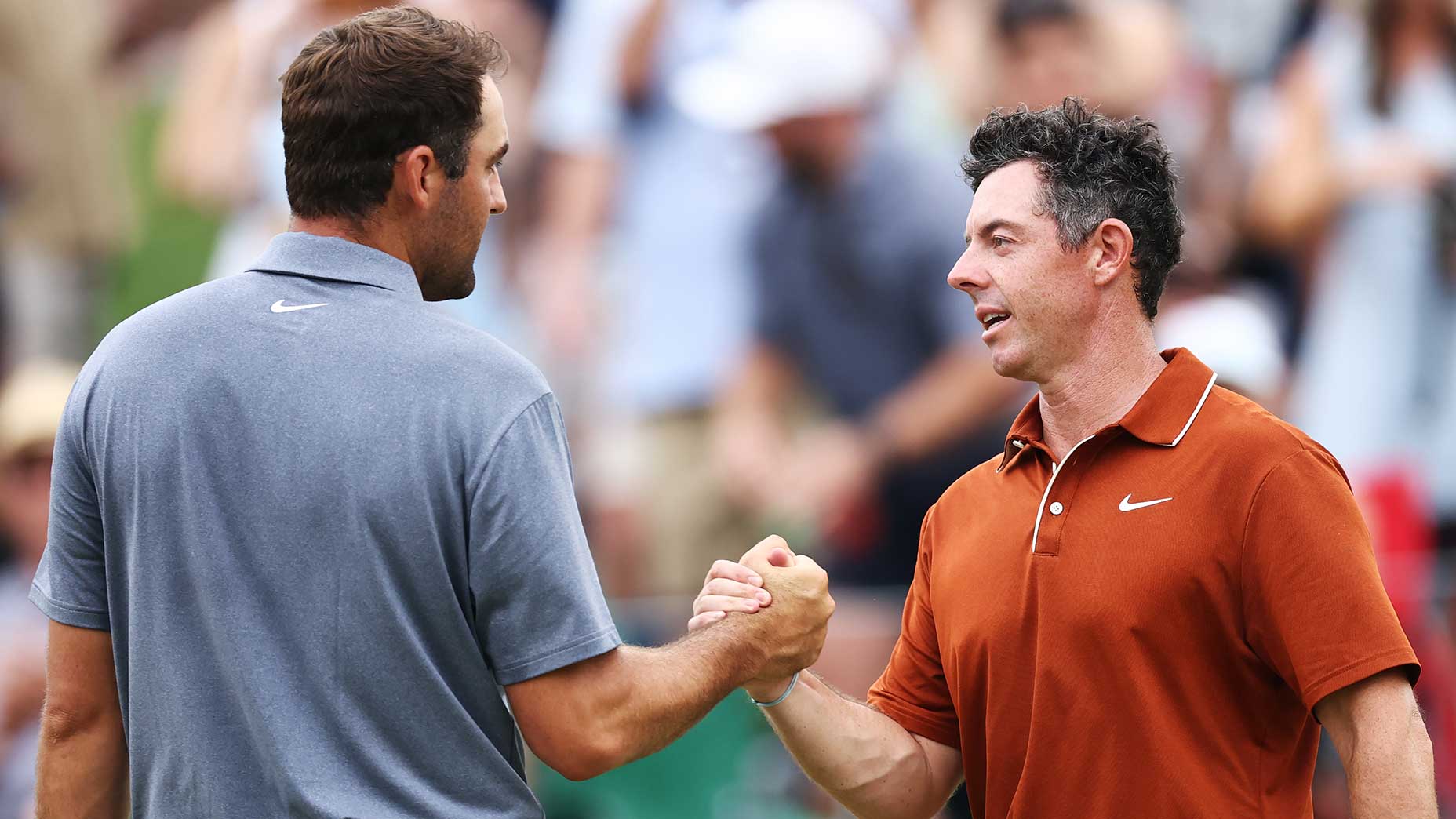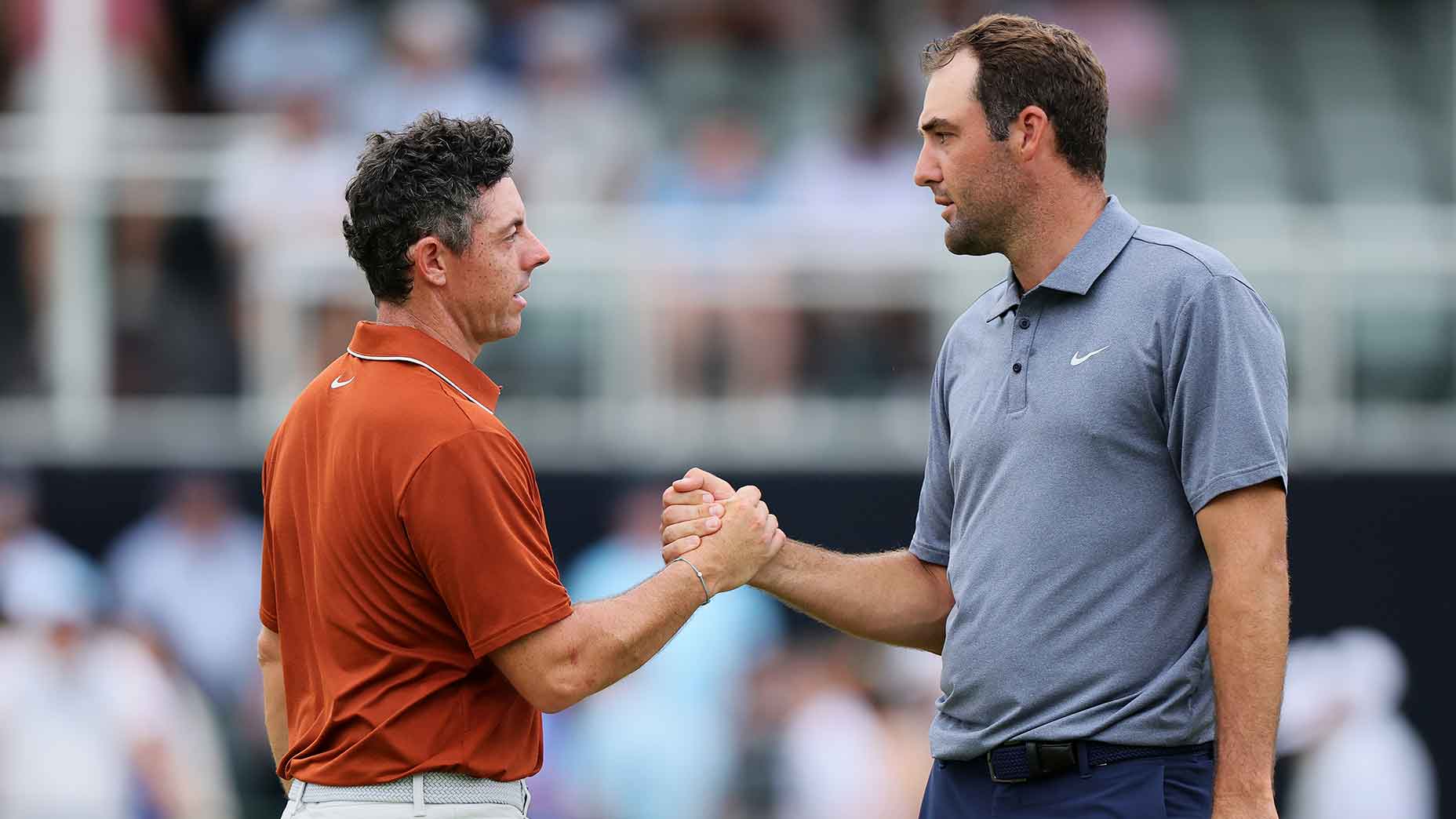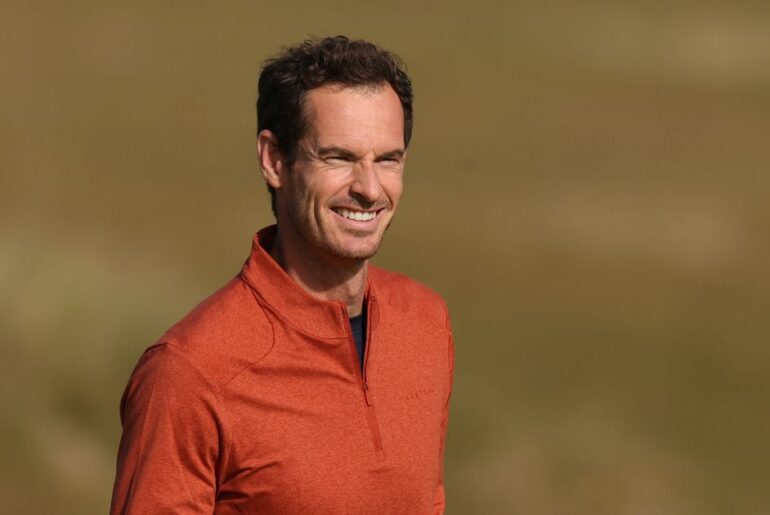When new PGA Tour CEO Brian Rolapp stepped to the lectern for the first time, he hinted that a radical change was on the horizon.
“I think the focus will be to create events that really matter,” Rolapp said. “Competition should be easy to follow. The regular season and postseason should be connected in a way that builds towards the Tour Championship in a way that all sports fans can understand.”
Rolapp was providing his first glimpse at his unified theory for the PGA Tour — one involving a new word for pro golf: Scarcity.
There’s a lot we don’t know about how Rolapp’s vision for scarcity will look. Will it involve the continuation of the PGA Tour fall season, which falls directly outside of Rolapp’s description, but continues to add events with title sponsors signed to multi-year contracts? How about a streamlined regular season? Does the Tour of the future welcome fewer players, or no cuts?
Three months after those first words from Rolapp, though, we do know one thing about scarcity in pro golf: It’s going to give us a lot more television.
On Monday morning, Golf Channel released the rosters for the dueling teams taking part in the first-ever Golf Channel Games — a primetime, first-of-its-kind, made-for-TV golf skills competition featuring teams led by Scottie Scheffler and Rory McIlroy. The Games will be played three weeks after the return of The Skins Game, a primetime, made-for-TV match between Justin Thomas, Xander Schauffele, Keegan Bradley and Tommy Fleetwood. Those two events will set the stage for the return of golf’s ultimate primetime, made-for-TV product, the second season of the simulator golf league named TGL, which will begin on Dec. 28. And those are each to say nothing of the on-again, off-again, made-for-TV golf series known as The Match, or the new golf tour dedicated to reinventing golf on TV, LIV.
Everywhere you look, somebody is selling golf on television, and those sales pitches are looking less and less like 72 holes of tournament golf.
The big idea underpinning each of these new golf ventures is one that Rolapp, once the point person for the NFL’s media rights, knows well: Money in sports runs through television. The best way to make a buck, if you’re Golf Channel or the TGL or the Skins Game, is to air on a major network to major ratings. But the conceit responsible for making money on television from these events is slightly less ironclad: That people, particularly casual golf fans already beleaguered by the slog of the golf regular season, will tune in to watch.

Rosters announced for Rory McIlroy/Scottie Scheffler primetime event
By:
Josh Berhow
In some ways, it’s easy to understand why this new golf silly season might appeal to someone of Rolapp’s sensibilities. At the NFL, Rolapp learned the value of a season that lasts 20 weeks but never truly ends. He saw how non-traditional football content (the Senior Bowl, the combine, the draft, free agency, training camp, the preseason) could keep the NFL at the center of the sports world’s collective consciousness even when games were months away. He learned that television was a vessel for experimentation with the end goal of capturing attention.
But this new vision of golf requires something the NFL does not often worry about: Attention from the broader sports world.
This is a concern evidenced by The Match’s slow slide from a “golf event” into a “celebrity event featuring golf”: Even if the best players are on television, and even if they’re playing in a highly marketable format, there is no guarantee that fans will care enough to watch. And even if fans do tune in to watch, there’s no guarantee you’ve built something that they will continue to watch each year (like any of the events on the non-traditional football calendar).
None of this is to say that the people behind any of these events shouldn’t bother. The TGL was a success far beyond most projections in its inaugural season, and returns for year two with a legitimate reason for optimism. Merely it is to say that the game of making money from television depends upon people watching, and when it comes to made-for-TV golf gambits, audiences are far from a guarantee. (The Tour, it should be noted, possesses the ability to reject such televised overtures under its media rights regulations, and often collects a fee in exchange for signing over media rights.)
One way to ensure people are watching is to provide a sense of scarcity — to make those at home feel like they’re missing out by not watching. This is Rolapp’s idea, however it manifests. But in the winter of 2025, how does scarcity actually look?
It looks like golf made for TV — an abundance of it.







